Full spectrum
colokid
15 years ago
Related Stories
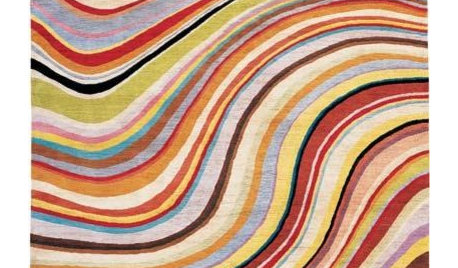
PRODUCT PICKSGuest Picks: Kaleidoscopic Color to Shake Up Your Rooms
Why pick one color when you can have all of them? These high-pigment home decor pieces dazzle with a full spectrum of happy hues
Full Story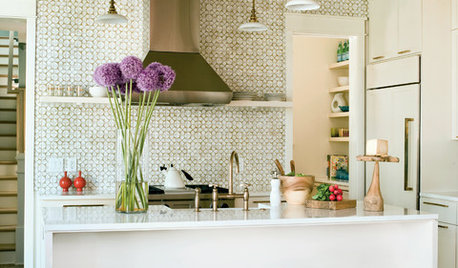
LIGHTINGPendant Lighting 101
With a full spectrum of shades, styles and colors, pendant lights wrap practical function in a pretty package
Full Story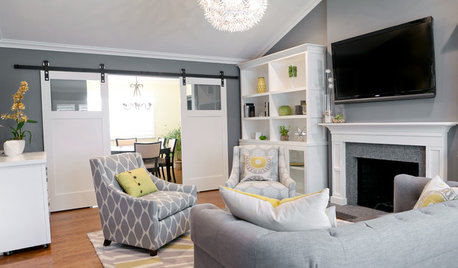
LIVING ROOMS9 Fashionably Cool Living Room Color Palettes
Chill out in a living room decked in cool-spectrum shades straight from the runway
Full Story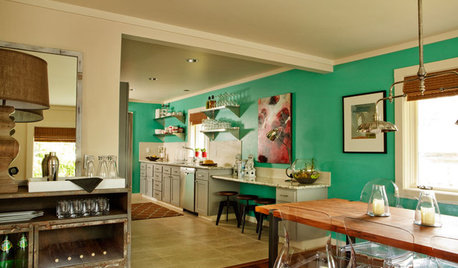
TURQUOISEColor Guide: How to Work With Turquoise
The cheeriest blue in the spectrum, turquoise stands strong on its own and plays well with others
Full Story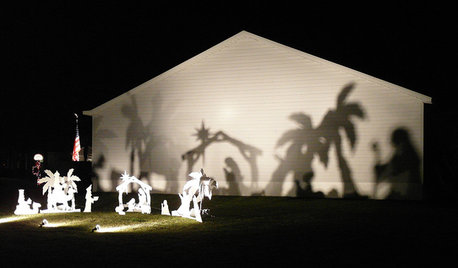
HOLIDAYSPersonality Swoops in for a Florida Community's Christmas
Yards and homes in this retirement neighborhood in Florida take full advantage of loosened holiday decorating rules
Full Story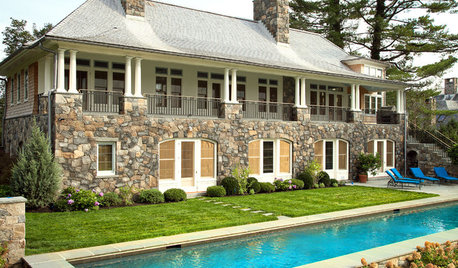
REMODELING GUIDESStone Shows Massive Potential for Homes
Wait, did we say 'massive'? Scratch that. With paper-thin veneers and wide color variety, stone has left the bulk of the past behind
Full Story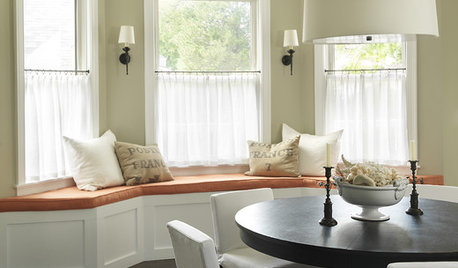
DECORATING GUIDESThe Case for In-Between Colors
These mutable hues defy easy description, but their appeal all around the home isn't hard to get
Full Story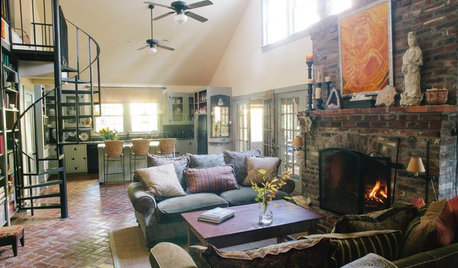
HOUZZ TOURSMy Houzz: Cottage Comforts in the Louisiana Woods
Part secluded retreat, part party central, this cabin hidden among the trees is all good design
Full Story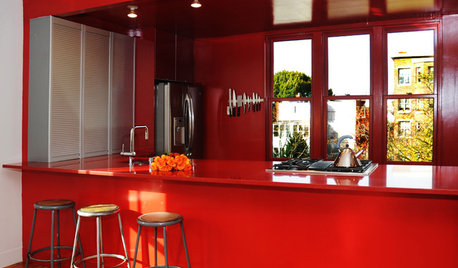
COLOR9 Monochromatic Rooms That Span the Rainbow
One color can yield infinite interest when it's done right — just hop on over the rainbow with us and see
Full Story





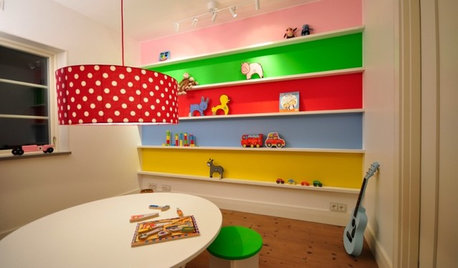
wordwiz
hydroponica
Related Professionals
Burlington Landscape Contractors · Peabody Landscape Contractors · Corona Landscape Contractors · Darien Landscape Contractors · Newberg Landscape Contractors · North Lauderdale Landscape Contractors · Paramus Landscape Contractors · Sun City Center Landscape Contractors · West Covina Landscape Contractors · Ansonia Landscape Contractors · Eagle Mountain Fence Contractors · Guilford Fence Contractors · Wauconda Fence Contractors · Joliet Roofing & Gutters · Lexington Roofing & Gutterslermer
colokidOriginal Author
lermer
poddar